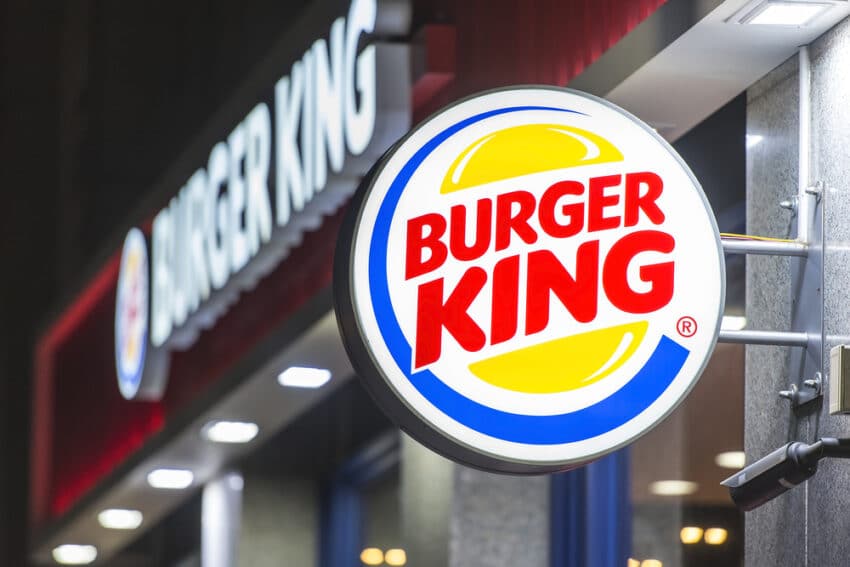Burger King’s Strategic Transformation: Redefining Fast-Food Dynamics
Burger King, a prominent name in the fast-food sector, has garnered attention by announcing the closure of numerous U.S. outlets. This bold move, driven by various internal and external factors, reflects the fast-food giant’s commitment to reshaping its operations. By diving into this decision and exploring the broader context of the company’s efforts to redefine its brand, it becomes evident that Burger King is embarking on a transformative journey in the competitive realm of fast food.
Strategic Rationalization of Burger King’s Outlets
Closing restaurants is not unfamiliar to Burger King. CEO Joshua Kobza’s acknowledgment of the company’s annual practice of shuttering outlets highlights its ongoing dedication to optimal performance. However, the announcement to close around 400 U.S. locations represents a more deliberate and significant step.
Chairman Patrick Doyle’s statement that franchisees unable to consistently meet performance standards will be phased out underscores Burger King’s commitment to operational excellence. This strategic pruning of underperforming outlets allows the company to allocate resources toward enhancing profitable establishments, thereby elevating overall performance and brand reputation.
The Rebranding and Modernization Strategy
This move aligns with Burger King’s broader rebranding strategy to strengthen its position in the competitive fast-food landscape. Facing challenges like stagnant sales and intensified competition, the company launched the ambitious “Reclaim the Flame” campaign in 2022, backed by a $400 million investment. This comprehensive approach includes revamped advertising, menu streamlining, and extensive restaurant makeovers aimed at revitalizing the brand’s appeal.
Burger King’s commitment to modernization is further demonstrated by allocating $50 million over the next two years to revamp nearly 3,000 outlets. These upgrades involve technological enhancements, kitchen advancements, and physical renovations designed to elevate the customer experience. Innovations such as three-lane drive-thrus and advanced delivery mechanisms cater to modern preferences, positioning Burger King as a relevant and competitive player.
Burger King’s Path Forward
Burger King’s strategic transformation occurs amidst internal and external challenges. The company faced digitalization setbacks during the pandemic, hindering its responsiveness to surging online demand due to outdated digital systems. The introduction of experimental menu items, like the Impossible Burger, also posed challenges requiring careful navigation.
Recent signs, however, indicate that these efforts are yielding positive outcomes. Despite closures, the company reported an impressive 8.7% surge in comparable sales in the first quarter of 2023. This growth underscores the potential success of streamlined offerings, rebranding initiatives, and targeted closures.
In the face of competition from fast-food giants like McDonald’s, Wendy’s, and emerging contenders, Burger King’s strategic pursuits gain importance. By orchestrating a comprehensive transformation involving rebranding, menu enhancement, and immersive dining experiences, Burger King aims to regain market share and redefine its position.
Conclusion
Burger King’s decision to close a significant number of restaurants extends beyond operational adjustments. It signifies a deliberate move towards brand redefinition, operational optimization, and improved customer experiences. Amid evolving consumer preferences, this transformation is pivotal. Through rebranding, modernization investments, and strategic closures, Burger King is poised for a dynamic resurgence that can reshape its competitive landscape and redefine industry norms.

